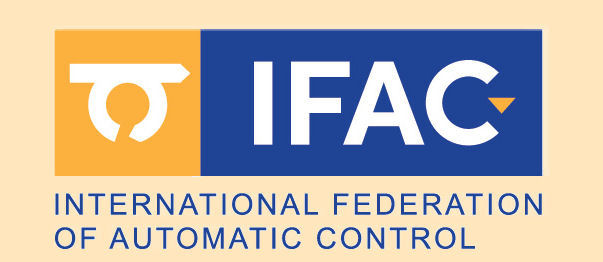| Paper FriS1T3.4
Iskakov, Alexey (V.A.Trapeznikov Institute of Control Sciences, Moscow), Kutyakov, Evgeniy (Trapeznikov Institute of Control Sciences, Russian Academy of Sc), Kataev, Dmitry (V.A.Trapeznikov Institute of Control Sciences RAS)
Locating the Source of Forced Oscillations on the Basis of Lyapunov Modal Analysis
Scheduled for presentation during the Regular Session "Power Networks monitoring and diagnosis" (FriS1T3), Friday, July 12, 2024,
10:00−10:20, Session room 3
12th IFAC Symposium on Control of Power & Energy Systems, July 10-12, 2024, Rabat, Morocco
This information is tentative and subject to change. Compiled on December 20, 2025
|


 This site is protected by copyright and trademark laws under US and International law.
This site is protected by copyright and trademark laws under US and International law.